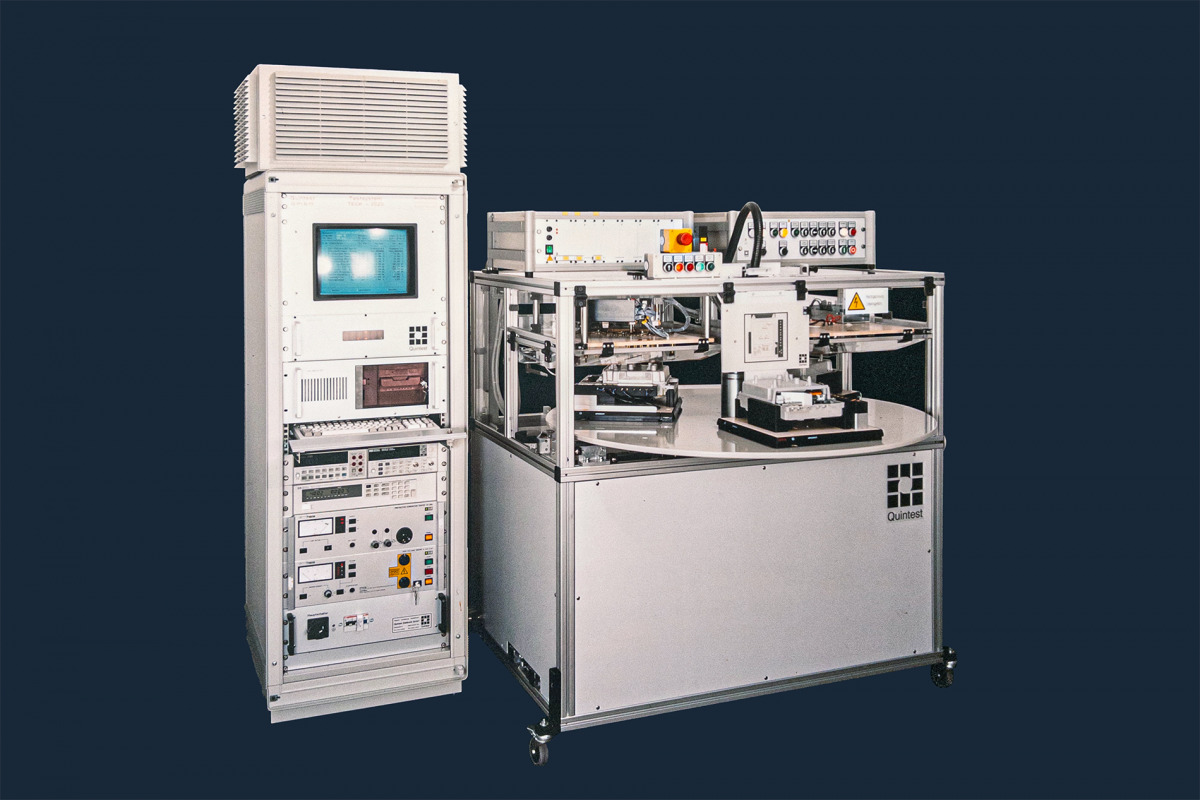End-of-Line Testing (EOL Testing) End-of-Line Test Systems for Automotive, Electronics & More
Quintest is your internationally experienced partner for (automated) end-of-line testing equipment. We design and deliver reliable solutions for a wide range of industries and applications.
- Quality made in Germany
- Well-thought-out solutions
- Seamless integration
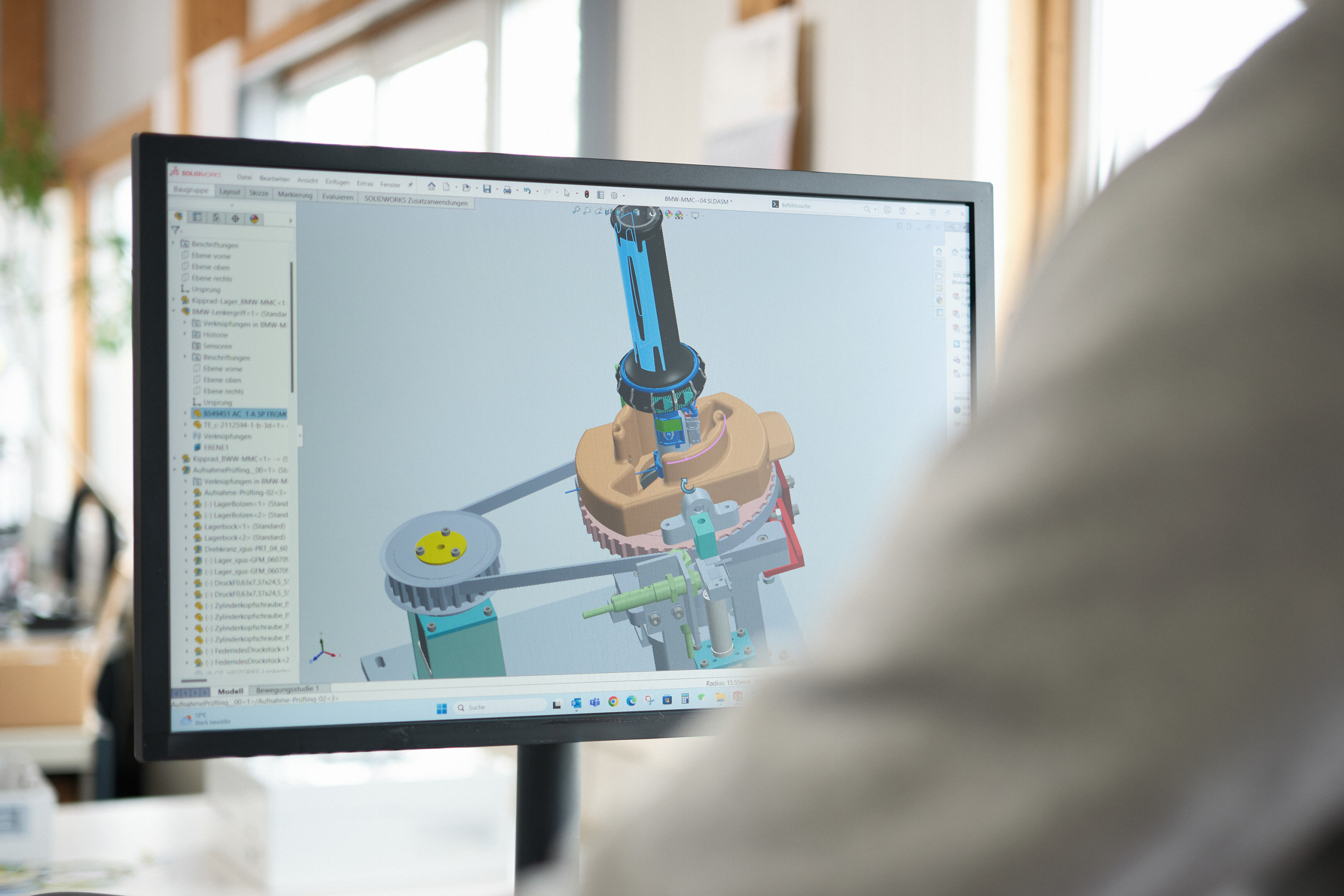
Definition end-of-line inspection What is an end-of-line test (EOL test)?
The term “end-of-line test” (EOL test) refers to all quality assurance activities carried out at the end of a production line. The purpose is to ensure that no defective product leaves the factory and reaches the customer. When performed correctly, EOL testing goes beyond technical aspects: it directly contributes to customer satisfaction and strengthens brand reputation.
At Quintest, we build and integrate end-of-line testers into production lines across industries. Our EOL testers stand out for their precision, reliability, safety, and future-proof design. We prioritise ease of operation, low maintenance requirements, and excellent support.
References Customers who trust us
More details Scope and types of end-of-line testing (EOL testing)
EOL test systems focus on verifying product functionality, processing, safety, and performance as a whole. The exact test procedures vary depending on industry, product, and manufacturer. Common end-of-line test procedures include:
- Functional testing & simulations
In the electronics industry, functional testing refers to connecting product inputs/outputs to a test system, sending predefined signals, and checking the output signals and behaviour against a specification.
In other industries, functional tests may be more complex and, for example, include simulations, even under real-world conditions such as temperature variations.
Besides core functionality, functional tests during end-of-line inspection should always cover fault scenarios (e. g. power loss). - Performance tests
This type of EOL inspection measures whether the performance of a product under defined conditions matches the required specification values. Various parameters can be relevant, such as physical, electrical, or mechanical values. The goal is not only to check whether a product works, but also how it works (e. g. efficiency). - Optical inspection
Manual visual inspection or automated camera/image recognition is used in an EOL tester to check completeness (e. g. are all components installed or are all labels correctly applied?) and defects (e. g. are the product dimensions and the cable routing correct?).
In addition to standard cameras, advanced imaging such as ultrasound or X-ray can also be used in EOL testing machines. - Mechanical tests
This category of EOL assessments includes a wide range of tests that put the product under mechanical stress. For example, vibration tests, force-displacement measurement, leak testing, tensile, compression, or bending tests.
Mechanical testing can be either destructive or non-destructive. During end-of-line testing, destructive tests are only performed on a sample basis and provide insights into the quality of the production batch. - Software & communication tests
As most products include software today, an end-of-line tester also must verify code. Often, real-world scenarios are simulated, and the software is monitored during operation.
Differentiation End-of-line test (EOL test) vs other test types
End-of-line testing (EOL testing) can primarily be differentiated from the following test types:
- In-line test
Unlike end-of-line tests, in-line tests are carried out within the production line. They focus on partial aspects of the product, e.g. individual assemblies, components, or sub-functionalities. Their purpose is either to detect errors earlier (and thus correct them more efficiently) or because certain components can no longer be accessed at the end of the manufacturing line. - Research & development test
Tests in R&D departments are usually more comprehensive than in production. Prototypes are not only tested against a specification but also compared with each other. The goal is to assess prototypes objectively and comprehensively in all quality-relevant properties. Testing methods used more frequently in development than in production include endurance tests or destructive testing, which explores the limits of a prototype.
Industries End-of-line testers (EOL testers) for multiple sectors
Whether medical or automotive end-of-line testing equipment, we offer tailored solutions across industries:
Automotive

Customised automotive EOL test systems, e. g. for brake systems and brake pedals
Railway
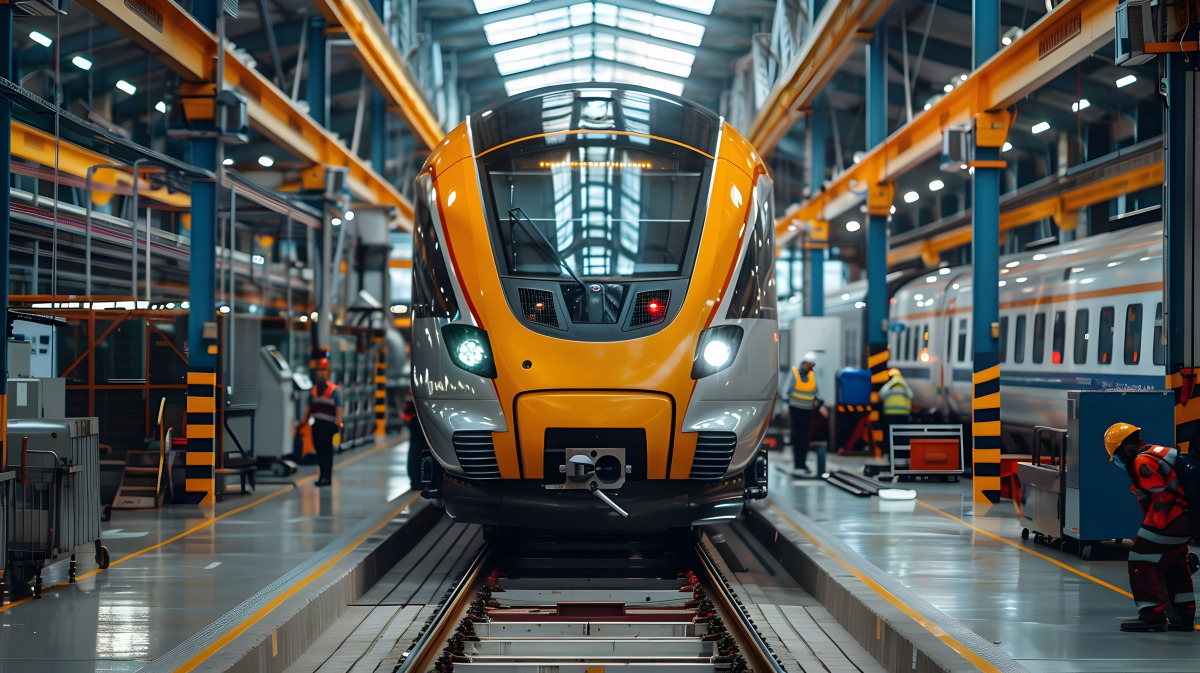
EOL testers for the railway sector, e. g. for testing pantograph contact shoes or inspecting carriage climate systems
Building technology
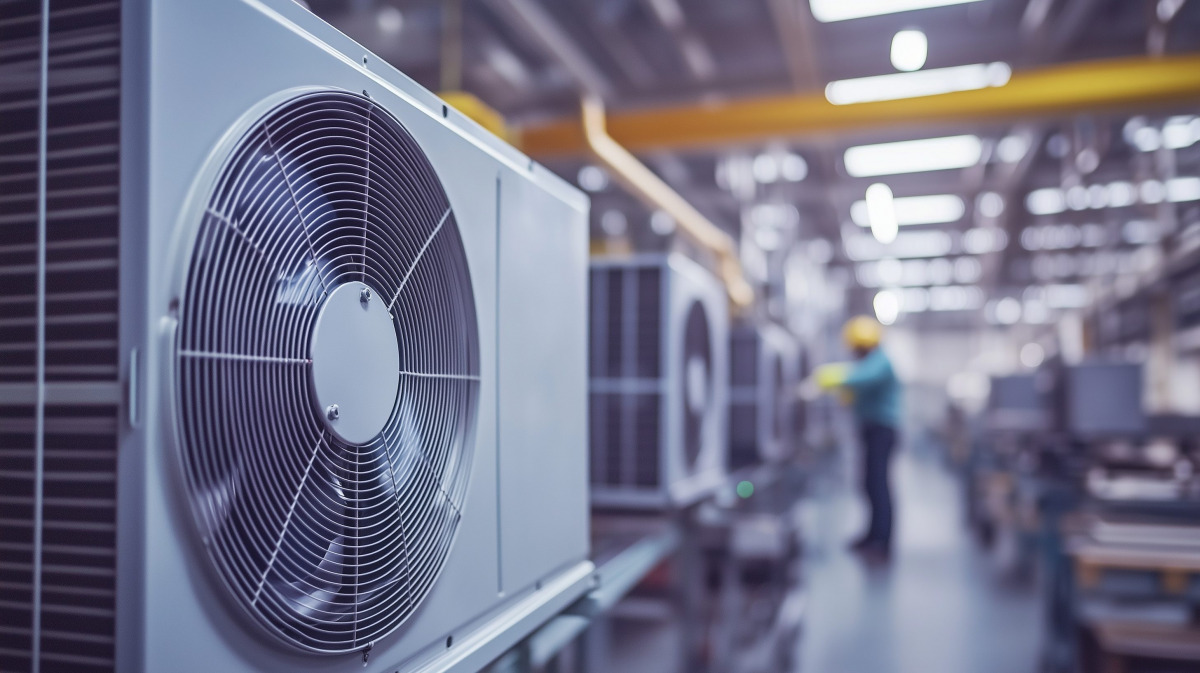
End-of-line testers for heating and cooling units, including performance, consumption, and emissions analysis
Medical technology
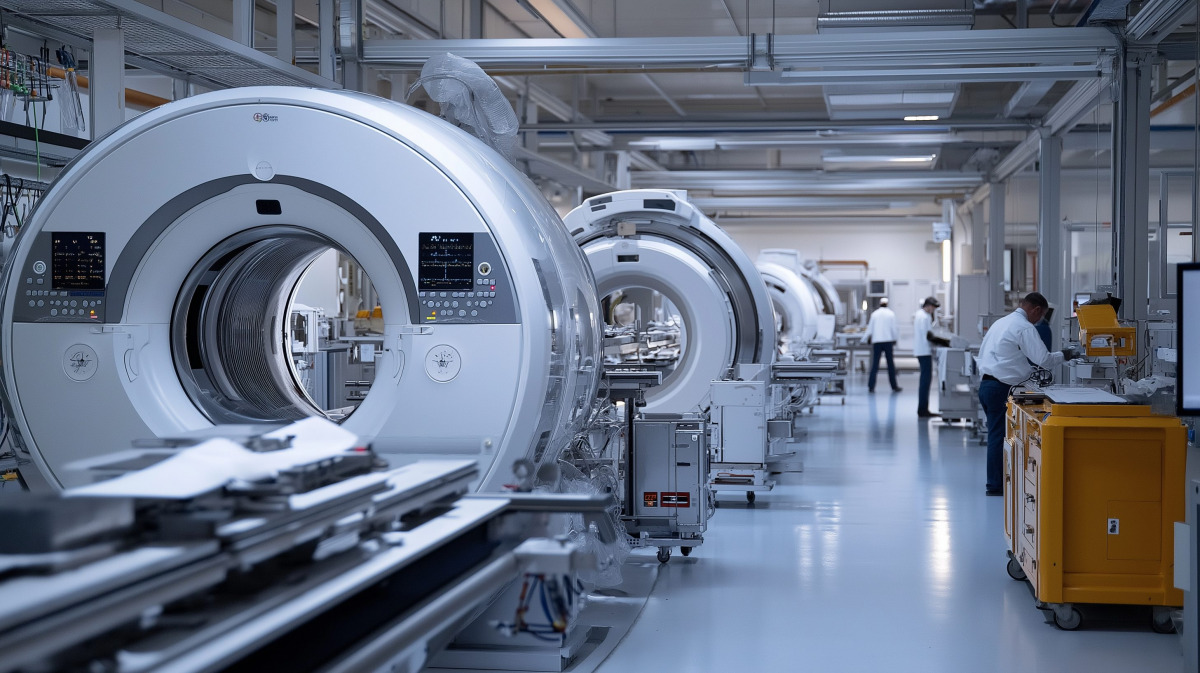
EOL testing machines for the medical sector with focus on electrical safety and functional tests
Electronics

End-of-line test benches for electronics, e. g. software, test systems and test fixtures for in-circuit or functional tests
Services EOL testing machines from a single source
01
Test design
We analyse your requirements and develop a customised end-of-line tester. In addition to core functionality, we always consider safety, usability, ease of maintenance, and expandability.
02
Test planning
Thanks to many years of international experience, the name Quintest stands for reliable project planning. You can count on high budget and schedule compliance for your EOL testing machine project.
03
Procurement & implementation
Once planning is complete, production begins. High-quality materials and sophisticated workmanship ensure the highest quality – made in Germany. The result is a robust EOL tester with a long service life.
04
Assembly & integration
If required, our team will also support the setup of your EOL test equipment – either on site or remotely. We are also happy to integrate your EOL test system seamlessly into complex environments.
05
Test automation
We develop automated end-of-line testing equipment with industry-leading software such as NI LabVIEW, NI TestStand, GTS WinGuard, and DasyLab.
06
Maintenance & support
We strive for long-term partnerships with our customers and support not only maintenance and updates, but also relocations, modifications, or decommissioning of your end-of-line test bench.
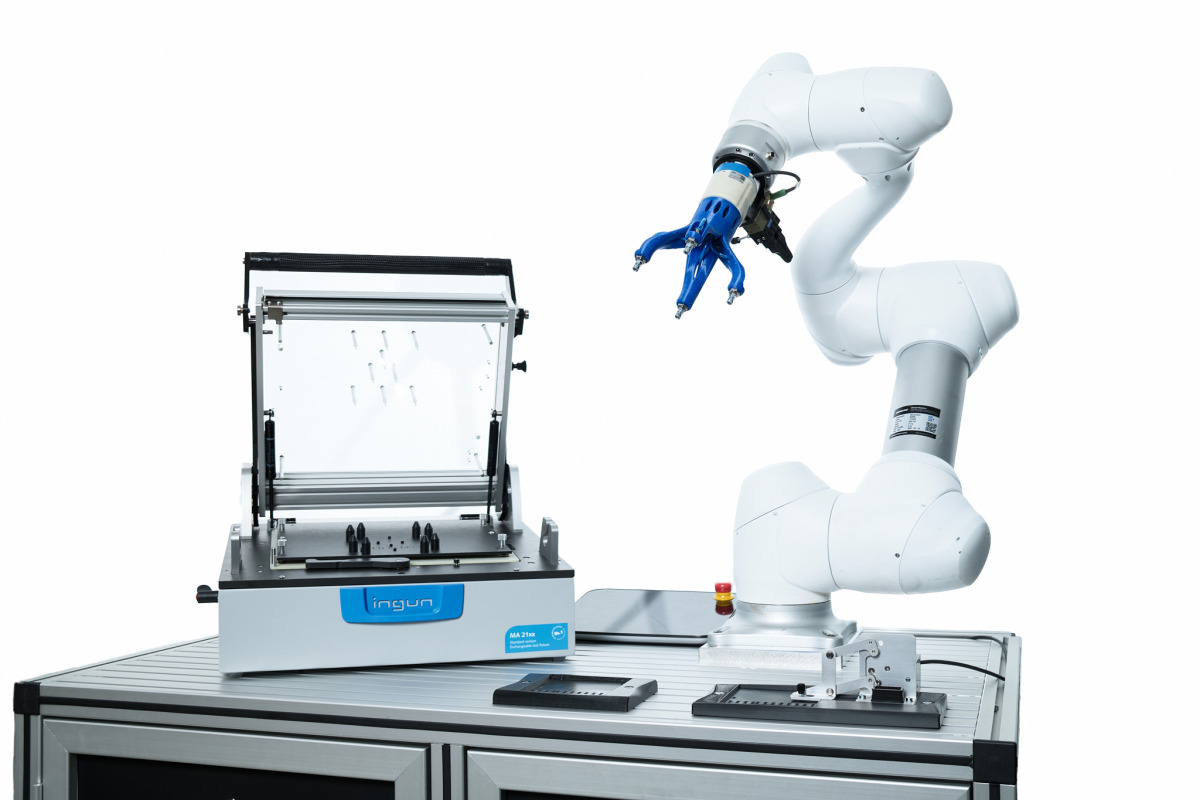
Case study 1 Robotic end-of-line-tester (EOL tester) for electronics
A customer in the electronics industry required a flexible automated end-of-line tester. We developed an EOL assessment solution where a collaborative robot places units into the test fixture and removes them after the EOL inspection. Units that passed the test are directly marked by an integrated stamping machine. The modular design is perfectly suited for small-series production with high variant flexibility.
Case study 2 Automated end-of-line testing equipment for heating controls
A building technology customer required an automated EOL tester for checking complex heating control units. We developed a rotary table with multiple end-of-line inspection stations, such as high-voltage, functional, and interface tests. The devices under test are automatically positioned, contacted, and guided through the process in a cycle-based manner. The modular structure ensures adaptability to future testing requirements – ideal for EOL testing with high safety demands.
